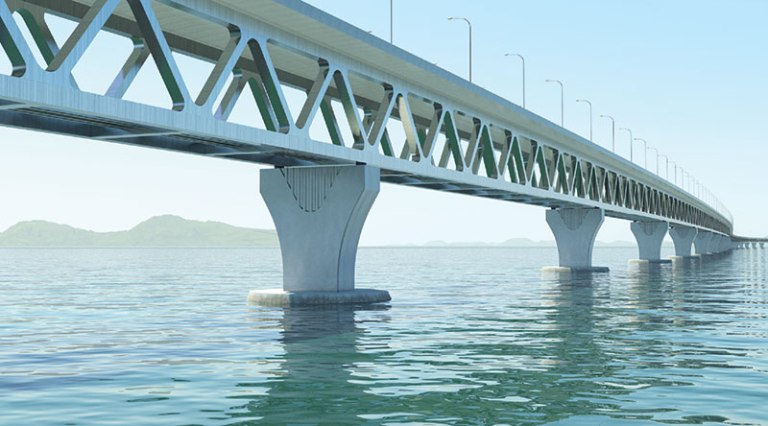
Padma Bridge. COURTESY
Bangladesh is putting its footstep in the 50th year of independence in 2021, a year of the golden jubilee, the country whose economic and social progress in the 50-year journey is enviable. Once foreigners dubbed the post-independence ‘Bangladesh’ as a bottomless basket, the state from where it has come out and turned to be a prosperous and self-reliant country. As of now, Bangladesh is an emerging economy whose size of the national budget has increased 760 times in 50 years of independence.
Tajuddin Ahmed, the country's first finance minister in the cabinet of the Bangabandhu government, had a budget of Tk 786 crore in 1972 that has been increased to Tk 5 lakh 68 thousand crore in the 2020-2021 fiscal year. And in the coming June, the government is going to give a staggering budget of Tk about 6 lakh crore.
Bangladesh's gross domestic product (GDP) has reached USD 310 billion in 2021 against USD 8.752 billion in 1971, rising by 35 times. The country is advancing in the field of information technology (IT). In the 50 years since its inception, Bangladesh’s development has come to the fore in how Bangladesh is going to show success like launching of the fast-moving Bangabandhu Satellite-1.
Bangladesh is now a developing country whose per capita income is rising along with average life expectancy. Along with that, the size of the economy is growing coupled with the increase of the size of the budget.
Dependency on foreign grants in implementing the budget has also decreased. Infrastructure is being developed. Bangladesh’s capacity to implement large-scale projects is also increasing. Bangladesh has a satellite in the sky. Agricultural production has increased with the pace of power generation.
How the dream of the Father of the Nation is going to turn into the golden Bengal from a war-torn country. Prime Minister Sheikh Hasina’s dynamic leadership and long term plan with the confidence of achievement of MDGs, the country is making progress in SDG implementation in the fields like education, health, gender equality, agriculture, poverty reduction, average life expectancy. Besides, there are massive progress in export-oriented industrialisation, 100 special economic zones, garment industry, pharmaceutical industry, export earnings along with different economic indicators.
A number of mega projects like Padma Bridge, Rooppur Nuclear Power Station, Payra Deep Sea Port, Dhaka Metro-rail have made major progress.
Bangladesh is ahead of India and Pakistan in the country’s most economic indexes. The country has ranked 120th, out of 189 countries, in the index of the Washington-based Conservative think tank- The Heritage Foundation.
The authority concerned thinks that it’s obviously possible to do well further in the index by removing a little bit of problems in some cases.
The Heritage Foundation in its report said that Bangladesh ranked the 120th with a score of 56.5 points in 2021, whereas India placed 121st and Pakistan 152nd.
Bangladesh’s score has increased more than before in terms of tax burden, freedom of business and freedom of labour. Last year, Bangladesh’s position was one step down. In the Asia-Pacific region, Bangladesh is ranked 25th out of 40 countries in this year’s score.
In South Asia, only Bhutan is above Bangladesh. The country scored 58.3 and ranks 109th. Despite being above Bangladesh, Bhutan’s progress this year has slowed whereas Bangladesh’s progress has increased. Nepal has the lowest position in South Asia.
Singapore topped the list with a score of 69.6 which is followed by New Zealand (score of 73.9) and Australia (score of 72.4). Sri Lanka is the 131st, Nepal 156th, United Kingdom (UK) 8th and United States of America (USA) 20th in the list. North Korea placed in the rock bottom of the list whose position was 178th with a score of 5.2.
According to The Heritage Foundation, in the last decade, Bangladesh has moved forward in a slow pace but steady manner in achieving economic independence. In this year’s index, the scores of all the countries in South Asia except Bangladesh have decreased. Bangladesh is now the 44th largest economy in the world in terms of Gross Domestic Product (GDP). It is ranked 33rd in terms of purchasing power. And considering the pace of economic growth, Bangladesh is now in the second position in the world.
However, the fight for economic development is in vogue. And Bangladesh is moving forward leaving behind the various elements that are active. And it is expected that Bangladesh will be the 26th largest economy in the world with more growth than India and China in 2030. After 1971, the per capita income of the people of this country was close to $100. Now it stands at $2,084.
Not just per capita income, the International Monetary Fund (IMF) said in a report last week that Bangladesh, as a populous and low-income country, has linked growth to poverty reduction and inequality despite being a populous and low-income country that is significant.
Bangladesh has now set an example in the world in terms of inclusive growth. Another international donor, the World Bank, presented a table showing that Bangladesh has advanced or is ahead of South Asia and other low-income countries in 10 out of the 12 major indicators.
Achievements of Bangladesh:
Bangladesh has moved from Least Developed Countries (LDCs) to developing countries with its irresistible progress. The United Nations Committee on Economic and Social Development Policy (CDP) officially declared Bangladesh’s eligibility for transition from the LDCs on March 15.
Bangladesh has risen to the benchmark of the three indicators, although the two indicators of per capita income, human resource index and economic fragility index are required to pass the LDC category.
Today’s transition from a war-torn country - where there is a history of crossing an uneven path - is a major achievement in implementing the government’s vision 2021.
This has been made possible by the courageous and progressive development strategy of Bangladesh under the visionary leadership of Prime Minister Sheikh Hasina which has brought Bangladesh on the path of rapid development through overall economic growth, structural transformation and significant social progress.
Bangladesh is moving forward with the goal of becoming a middle-income country by 2021 and a developed-prosperous country by 2041. Born in exchange for the blood of three lakh (3 million) martyrs, Bangladesh has had to overcome thousands of obstacles to get to where it is today.
Achieving success in agriculture and self-sufficiency in food, Bangladesh has repeatedly been discussed in the world stage for some unprecedented achievements in the agricultural sector. Bangladesh is now self-sufficient in food with a population of about 160 million. Besides, this unique achievement has made the people of Bangladesh proud.
Currently, Bangladesh employs more than 86 lakh workers in 156 countries of the world. Bangladesh has set a unique example in the process of sending workers abroad. Human resource development is considered to be the most important element of development of any country. Bangladesh is also ahead of Pakistan in this case.
According to the World Bank’s ‘Human Development Index-2020’ report, Bangladesh ranked 52nd out of 174 countries with 46 points. Pakistan is in 31st place with 41 points. With 49 points, India is ahead of the index from 59th place.
Comparing the economic and social indicators with some other indices with India-Pakistan shows how much Bangladesh has really progressed towards prosperity. Bangladesh has made astonishing progress in preventing infant mortality.
There was a time when infant mortality was high in the country due to lack of medical treatment or lack of public awareness. And now, it is ahead of India-Pakistan. India has a child mortality rate of 30 per 1000, while Pakistan 58 and Bangladesh 22 per 1000. Bangladesh is also ahead of Pakistan in terms of education rate.
The literacy rate in Bangladesh is now 74.7% wherein Pakistan has 59.13 percent. In terms of education, Bangladesh, however, lags behind India. India’s literacy rate is 78.30 percent. Bangladesh is at the forefront in creating a safe environment for children. Bangladesh’s rating is 4.1, India’s 5.6 and Pakistan’s latest 9.6. Bangladesh topped in birth control rate.
In this case, the index of Bangladesh (2.0), India (2.2) and the latest Pakistan (3.5). Bangladesh has also topped in terms of average life expectancy. The average life expectancy of the people of Bangladesh is 72.3 years, that of India is 69.4 years and that of Pakistan is 67.1 years. Bangladesh is the top country in terms of Gross Savings GDP at 33.3%.
It is followed by India at 31.1 percent and Pakistan at 19.3 percent. There is not much difference in the situation of the three countries in the case of citizens living below the poverty line. Citizens below the poverty line are 21.9 per cent in India, wherein Bangladesh and Pakistan have the equal of 24.3 per cent.
None of the three countries has yet achieved 100 percent electrification. But Bangladesh is ahead of India in this case where India have 95.2%, while Bangladesh 99% and Pakistan 61.1%.
Prior to the Corona epidemic, Bangladesh’s export earnings were $40.3 billion in the 2019-20 fiscal year. Pakistan’s exports in that year were only $23 billion and India’s exports were $313 billion.
Bangladesh’s foreign exchange reserves stand at $40.4 billion, Pakistan’s $13 billion and India's $330 billion. Bangladesh now lags far behind Pakistan in terms of foreign exchange rates. The currency of Bangladesh is now available at $1 for 85 taka but it costs 158 rupees in Pakistan now.
10 mega projects are being developed from developed countries:
Bangladesh is now on the highway of development. They are now from a low-income country to a low-middle-income country and then from middle income countries to developing countries.
As of now Bangladesh is dreaming of becoming a developed country. The aim of the present government is to take the country to a developed country by 2041. Work is underway on 10 mega projects to take Bangladesh on the highways of developed countries.
Padma Bridge Project:
The government is spending Tk 30,193 crore on this project to implement it at its own expense. This is now a visible dream project. The entire Padma Bridge is now visible after the 41st span of the Padma Bridge was seated on December 10, 2020. It is expected that vehicles will run on the Padma Bridge in December next year.
Rooppur Nuclear Power Plant:
This is the highest cost project in the country. The cost of implementation is Tk1 lakh 13 thousand 92 crore. Of this, Tk 10,207 crore has been spent till last August. The project is valid till December 2025. The work started in July 2016.
Rampal Power Station:
This power plant is being constructed by a joint venture of Bangladesh and India. The cost is Tk16 thousand crore. Its work started in July 2009. The overall progress of the project is 10.99 percent and the financial progress is 17.76 percent.
Matarbari Power Station:
The project is being funded by the Japanese government at a cost of Tk 35,984 crore. Under the project, the work of package 1.1 power plant and other facilities has been completed. The work of plant and port facilities under package 1.2 has been 20.16 percent so far.
Metro-rail project:
Metro-rail project is being implemented in the capital at a cost of Tk 21,985 crore with the funding of the Japanese government. The financial progress of the project from the beginning to August has been 23.22 percent. Work started from July 2012. It will end in 2024.
Construction of LNG Terminal:
The project is being implemented on a built-in-operate and transfer basis. The gas pipeline construction project was also added to the recent 10th meeting of the Fast Track Project Monitoring Committee.
Construction of Payra Deep Seaport:
The project has been divided into 19 components for the construction of Pigeon Deep Seaport. Of these, 7 components are being implemented through the concerned ministries, 6 components are being implemented through PPP and 6 components are being implemented through G-to-G system.
Rail connection to the Padma Bridge:
The project is being implemented at a cost of Tk 39,246 crore on a G2G basis with funding from the Chinese government. The project has cost Tk 9,088 crore from the beginning to August. The overall physical progress of the project is 15.2 percent and the financial progress is 23.15 percent. Work started in January 2016. The work is expected to be completed in 2022.
Single Line Dual-Gauge Track Construction Project to Gundum:
This project is being implemented at a cost of Taka 18,034 crore with the funding of Asian Development Bank (ADB). The overall physical progress of the project has been 11 percent and the financial progress has been 23.15 percent. Work has started from July 2010. The deadline is set for July 2022.
Karnaphuli Multi-Tunnel:
Karnaphuli Tunnel and Elevated Expressway are being constructed in Chittagong. The total construction cost of the two projects is Tk 13,130 crore. The Roads and Bridges Department is constructing ‘Bangabandhu Sheikh Mujibur Rahman Tunnel’ at the mouth of Karnaphuli (confluence of the Bay of Bengal and river). The south bank of Karnaphuli i.e. Anwara and Karnaphuli upazilas will be connected to the main city through tunnels.
It is known that Bangladesh is currently in the top 10 in internet usage in the world. E-passport was first introduced in Bangladesh among Asian countries. Power generation has been increased from 400 MW to 23,000 MW. After independence, there were three thousand 610 kilometres of paved roads in the whole country. At present it has been increased to 21 thousand 598 kilometres. The education rate has increased from 22 percent to 73 percent.
In 1971, there was one registered physician for 10,490 people. At present there is one doctor for every two thousand 581 people although this achievement of treatment is not enough. But there is a huge potential. It has advanced in all economic and social indicators. World Bank President Jim Young Kim came to Bangladesh in 2016 to see the development of Bangladesh. At that time, he said, not just to say, Bangladesh in case of poverty alleviation is really a role model in the world today.







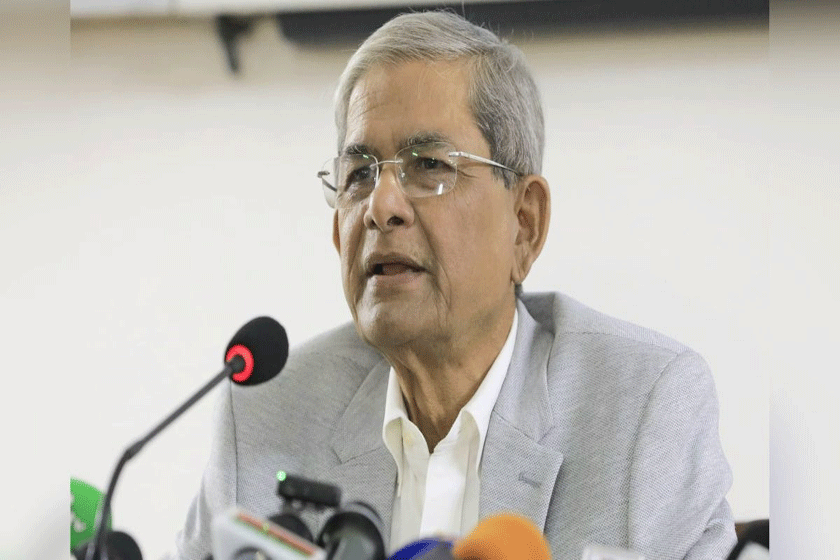
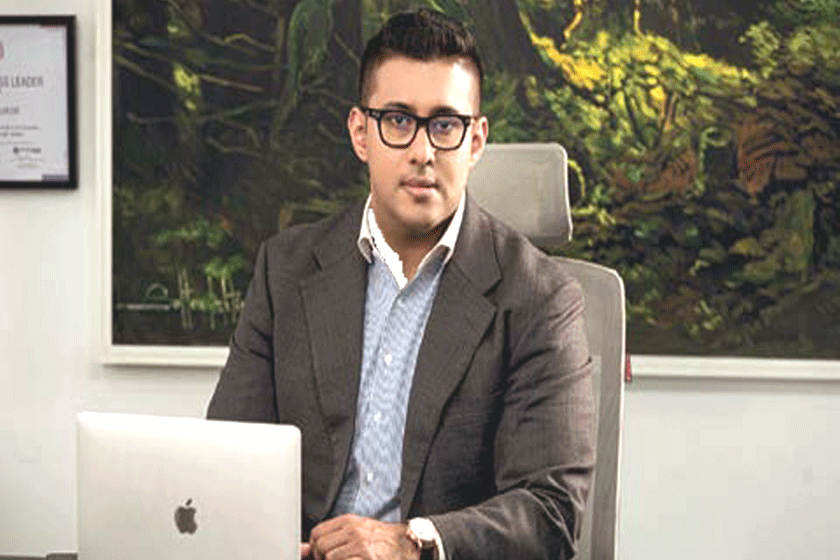
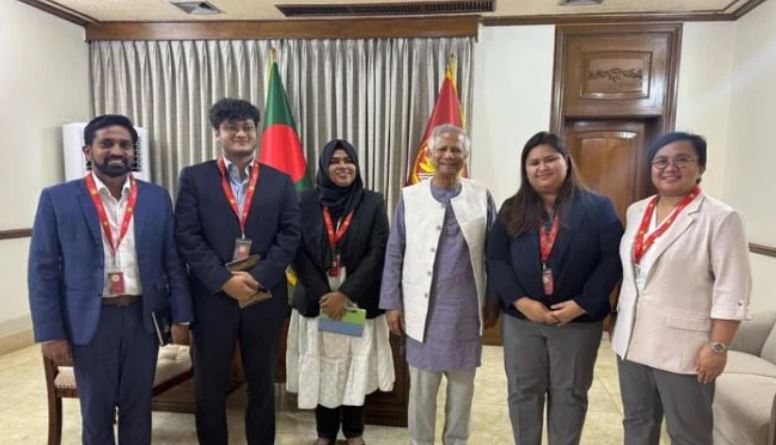
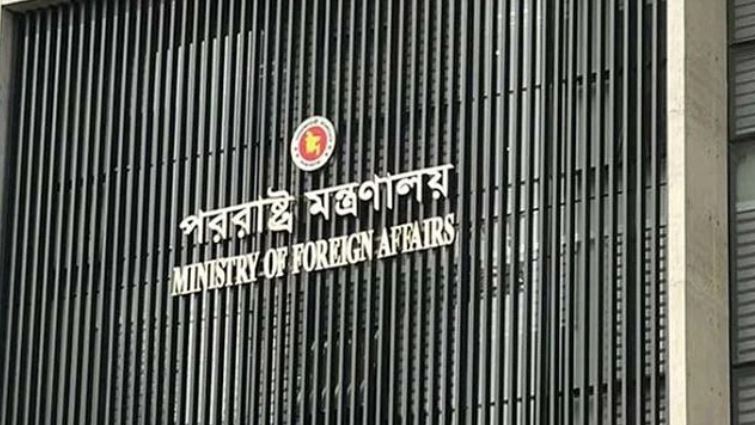
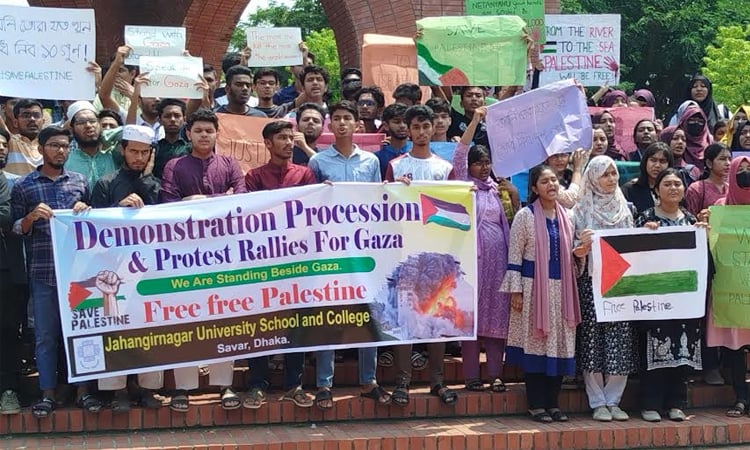
0 Comments